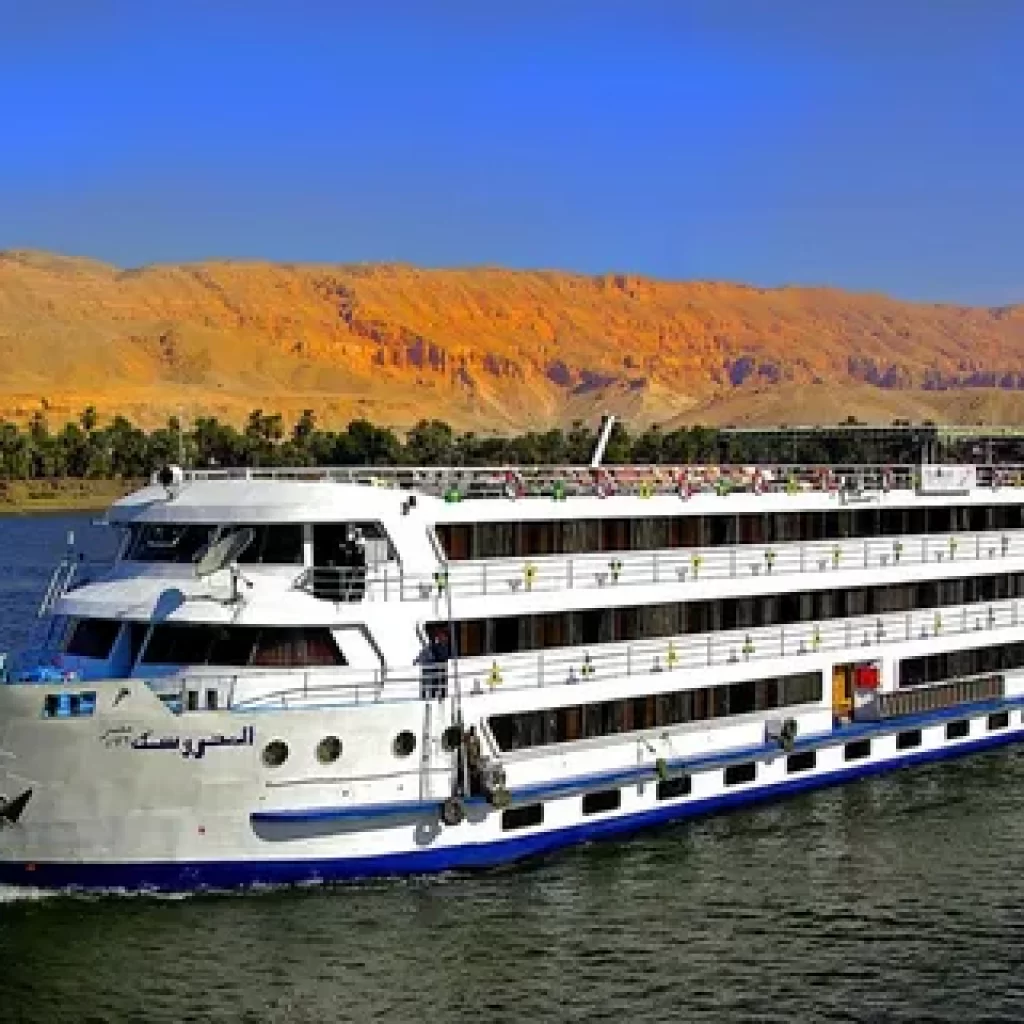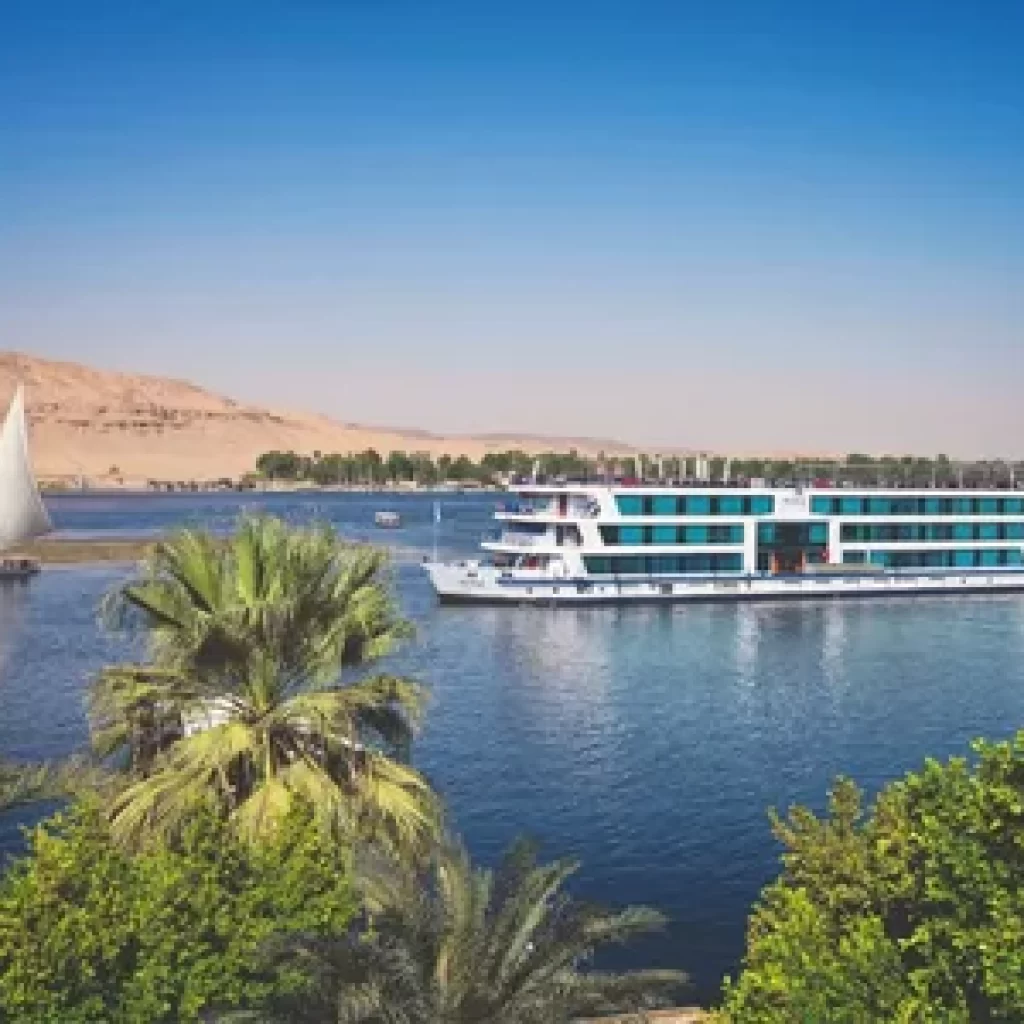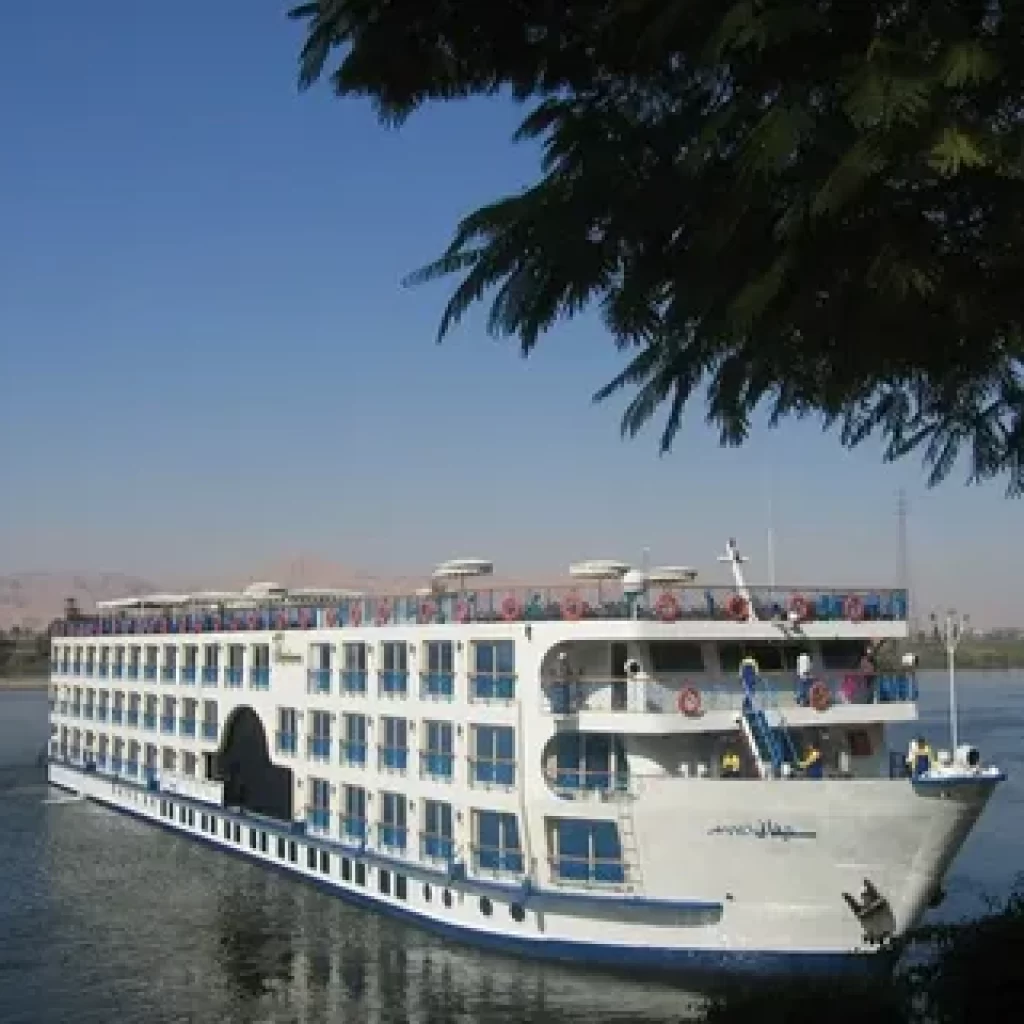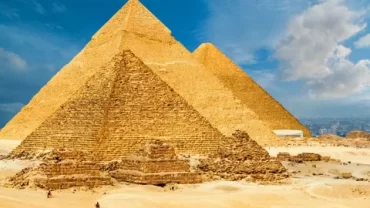
Introduction: Egypt and the Nile
Egypt and the Nile a land steeped in history and mystique, owes much of its prosperity and cultural legacy to the mighty Nile River. In this article, we embark on a journey through Egypt and the Nilethe intertwined history of Egypt and the Nile, exploring the significance of this iconic river and its profound impact on the civilization that flourished along its banks. From the ancient Pharaohs to modern-day Egypt, the Nile has been the lifeline that shaped the destiny of a nation Egypt and the Nile.
Table of Contents: Egypt and the Nile
- The Nile River: An Ancient Lifeline
- The Gift of Fertility: Agriculture and the Nile
- Temples and Monuments: The Nile’s Cultural Legacy
- Trade and Transportation: Navigating the Nile
- The Nile in Modern Egypt: Challenges and Preservation
- Ecosystem and Biodiversity: The Nile’s Natural Wealth
- The Nile in Literature and Art: Inspiring Creativity
- The Nile River: An Ancient Lifeline:

1.The Nile River: An Ancient Lifeline
The Nile River, the longest river in Africa, has been the heartbeat of Egypt for thousands of years. Flowing over 4,000 miles, it originated from the highlands of East Africa and traversed through the deserts of Sudan, before reaching Egypt. The Nile’s annual flooding brought fertile soil, allowing ancient Egyptians to cultivate crops and sustain a thriving civilization.
- The Gift of Fertility: Agriculture and the Nile:
The Nile’s flooding, controlled by the annual inundation, created a predictable agricultural cycle that sustained ancient Egypt. Farmers skillfully utilized the river’s water through a complex irrigation system, ensuring bountiful harvests of crops such as wheat, barley, and flax. The Nile’s fertility was the foundation of Egypt’s agricultural prosperity.

- Temples and Monuments: The Nile’s Cultural Legacy:
The Nile River served as a sacred pathway connecting temples and monuments throughout ancient Egypt. Cities like Luxor and Karnak flourished on the east bank of the Nile, housing awe-inspiring temples dedicated to deities like Amun-Ra. The river itself became a symbol of life and regeneration, influencing the religious and cultural practices of the ancient Egyptians.
- Trade and Transportation: Navigating the Nile:
The Nile played a vital role in facilitating trade and transportation in ancient Egypt. Boats and barges sailed along the river, carrying goods and connecting cities and regions. Luxor and Aswan became bustling trade hubs, where merchants exchanged goods from Nubia, the Red Sea, and the Mediterranean.

- The Nile in Modern Egypt: Challenges and Preservation:
In modern times, Egypt faces challenges in managing the Nile’s resources sustainably. Growing populations, increased water demand, and environmental concerns pose significant issues. Egypt’s government, in collaboration with neighboring countries, strives to balance water usage, preserve the Nile’s ecosystem, and ensure a secure water supply for future generations.
- Ecosystem and Biodiversity: The Nile’s Natural Wealth:
Beyond its cultural and historical significance, the Nile supports a diverse ecosystem and rich biodiversity. From the Nile Delta to the Nile Valley, the river is home to numerous species of fish, birds, and plants. The Nile also hosts unique habitats, including the Nile crocodile and the endangered Nile softshell turtle.

- The Nile in Literature and Art: Inspiring Creativity:
The Nile’s allure has inspired countless works of literature, art, and poetry throughout history. From ancient Egyptian hieroglyphs to modern novels, writers have depicted the river’s power, beauty, and spiritual significance. Artists have captured the Nile’s scenic landscapes, its vibrant sunsets, and the timeless essence of life along its shores.
Conclusion: Egypt and the Nile
Egypt and the Nile form an inseparable bond that has shaped the destiny of this ancient land. The Nile’s life-giving waters sustained the agricultural abundance of ancient Egypt, fostered cultural and religious practices, and enabled trade and transportation. Today, Egypt faces the challenge of preserving the Nile’s resources while adapting to modern needs. Nevertheless, the Nile’s enduring legacy continues to inspire awe, creativity, and a profound appreciation for the indispensable lifeline that has connected Egypt’s past, present, and future.

FAQs: Egypt and the Nile
- Q: How long is the Nile River?
A: The Nile River stretches over 4,000 miles, making it the longest river in Africa and one of the world’s longest rivers. - Q: What role did the Nile play in ancient Egyptian civilization?
A: The Nile was the lifeblood of ancient Egypt, providing fertile soil for agriculture, facilitating transportation and trade, and influencing the religious and cultural practices of the civilization. - Q: How did ancient Egyptians navigate the Nile?
A: Ancient Egyptians used various types of boats and barges to navigate the Nile, utilizing its currents and wind patterns. They developed advanced sailing techniques and utilized the river for trade and transportation. - Q: What are the challenges Egypt faces in managing the Nile’s resources today?
A: Egypt faces challenges in managing the Nile’s resources today, including growing populations, increased water demand, and environmental concerns. Balancing water usage, preserving the Nile’s ecosystem, and ensuring a secure water supply for the future are key priorities for the Egyptian government. - Q: What is the significance of the Nile’s ecosystem and biodiversity?
A: The Nile supports a diverse ecosystem and rich biodiversity. It is home to numerous species of fish, birds, and plants, and provides unique habitats for wildlife. Protecting the Nile’s ecosystem is essential for maintaining the region’s ecological balance and preserving its natural wealth. - Q: How has the Nile influenced literature and art?
A: The Nile has been a source of inspiration for countless writers, artists, and poets throughout history. Its beauty, power, and spiritual significance have been depicted in ancient Egyptian hieroglyphs, classical literature, and modern artistic expressions, capturing the essence of the river’s allure. - Q: What is the future of the Nile and its relationship with Egypt?
A: The future of the Nile and its relationship with Egypt depends on sustainable water management, international cooperation, and environmental preservation. Efforts are being made to ensure the Nile’s resources are utilized responsibly, allowing Egypt to continue benefiting from its vital lifeline for generations to come.





Comment (0)